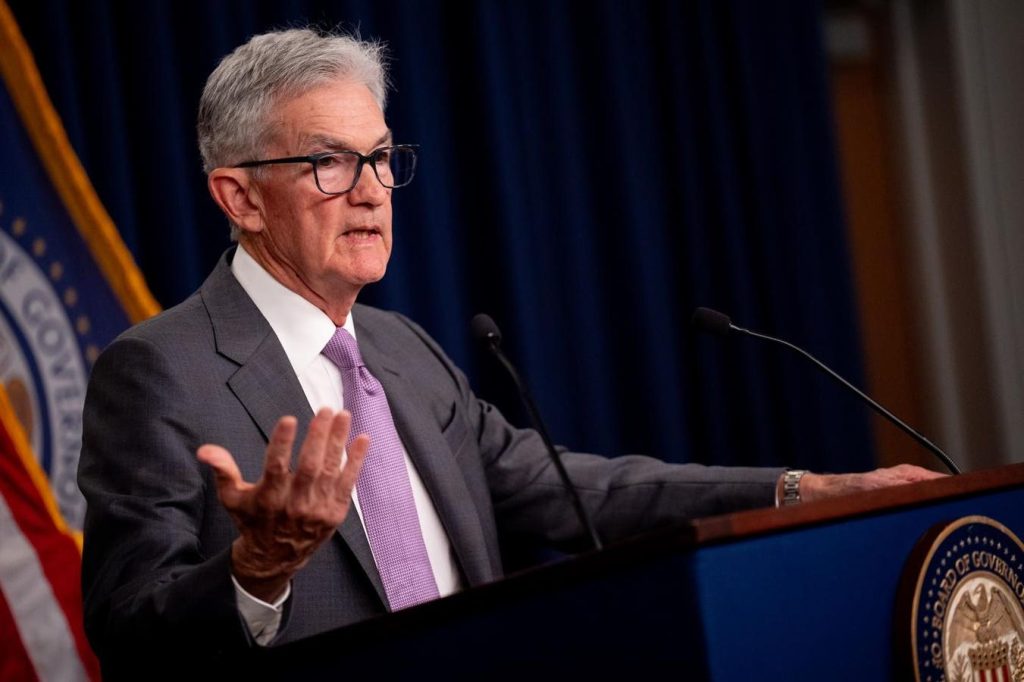The Federal Reserve’s interest rate decisions may not directly impact the majority of people in the U.S., but they have significant implications for professional investors and businesses. In response to rising inflation, the Fed has been increasing interest rates, leading to higher costs for adjustable-rate credit and mortgages. However, these small movements in interest rates have a ripple effect on the economy, influencing lending decisions by financial institutions and impacting the real estate market.
Businesses have been eagerly anticipating the Fed to start lowering rates, with expectations running high for rate cuts. Analysts at Citi Research predicted that the Fed would start cutting rates in September and continue to do so until the federal funds rate dropped by two full percentage points. In a recent meeting, the Federal Open Market Committee hinted at a possible interest rate cut in September if the economy continues to show positive signs of growth and inflation remains in check.
Fed Chair Jerome Powell emphasized that the decision to cut rates in September would depend on various factors, including inflation trends, economic growth, and the labor market conditions. Powell highlighted that any sudden announcements or decisions from the Fed could cause market volatility, and the central bank aims to avoid such disruptions. If inflation remains under control, the economy continues to perform well, and the labor market remains stable, there is a possibility of a 0.25% rate cut in September.
The gradual approach to rate cuts signifies a shift towards a new normal in interest rates, moving away from the extremely low rates seen in the aftermath of the global financial crisis and the pandemic. Powell suggested that rates are unlikely to return to the historically low levels of the past, signaling a more moderate approach to interest rate adjustments. Businesses and investors will need to adjust to this new reality and adapt to the changing economic environment.
Overall, the Federal Reserve’s interest rate decisions have far-reaching implications beyond just the cost of borrowing for consumers. By influencing lending rates, financial market dynamics, and business investment decisions, the Fed plays a crucial role in shaping the overall economic landscape. As the Fed considers potential rate cuts in the coming months, the markets will closely watch for any signals or developments that could impact their investment strategies and financial planning.













